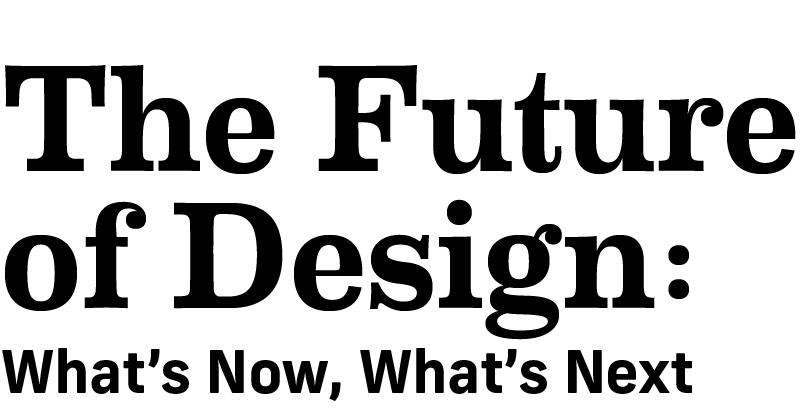A 23-member jury of industry professionals, including architects, interior designers, providers, consultants, and researchers, was charged with sifting through the 59 projects submitted to this year’s Environments for Aging (EFA) Design Showcase, determining which ones made the cut to be published and which ones rose to the top and earned awards. Most importantly, they offered their unique perspectives. It’s a multidisciplinary approach that adds dimension to the judging process and provides the opportunity to recognize projects’ merits in a much richer way.
So we asked them how they approached this task from their individual spots within senior living design and what they took away from the work they reviewed. Here's what juror CC Andrews had to say.
Consultant (business)
CC Andrews
President and chief strategist, Quantum Age Collaborative (Cleveland)
From my perspective, as a strategist, I was particularly interested to see how each project responded to the needs and opportunities presented by the greater community it served. I was looking for projects that went beyond the standard models of skilled nursing/short-stay rehab, assisted living, or independent living—and combinations thereof.
Were there new ways to blend services or settings to offer something uniquely tailored to a specific marketplace? Did design teams anticipate future changes in demand and design with flexibility of services (and spaces) in mind, so that providers can be agile and responsive to change?
Of significant interest to me was each submission’s description of the collaboration process. I looked for evidence of engagement between the design team, the developer/operator, and stakeholders in the greater community. But it seemed that, in most cases, designers collaborated amongst themselves and with the client, but that was the extent of it—leaving huge untapped opportunity to get input (and buy-in) from the outside world.
Those projects that did describe collaboration with the greater community seemed to really incorporate what they learned and, as a result, fared better in this competition. Their projects were more distinctive, less commonplace.
The innovation section of the submissions was revealing, as well. What did the design firm think was new and different about their project? In many cases, innovation related to the physical environments. Land parcels that required creativity to navigate, leveraging and conserving the natural habitat, and energy efficiency/sustainability seemed to stand out this year.
On the flip side, innovations describing the interior (work and living spaces) weren’t all that innovative in actuality. Using a neighborhood or small house model was listed several times as an innovation, but that's becoming more of a norm these days (a good thing).
I would love to have seen projects with more diversity in the services offered. There are so many needs that providers can fill beyond the traditional short list. Day care (adult and child), respite care, outpatient services of many kinds, wellness services, and community education are just a few that come to mind. There are also services unrelated to senior care, specifically, to be considered.
Collaborating with the greater community is a way to assure that a project is relevant and marketable—and a diversified investment, which can also go a long way to reduce risk.









